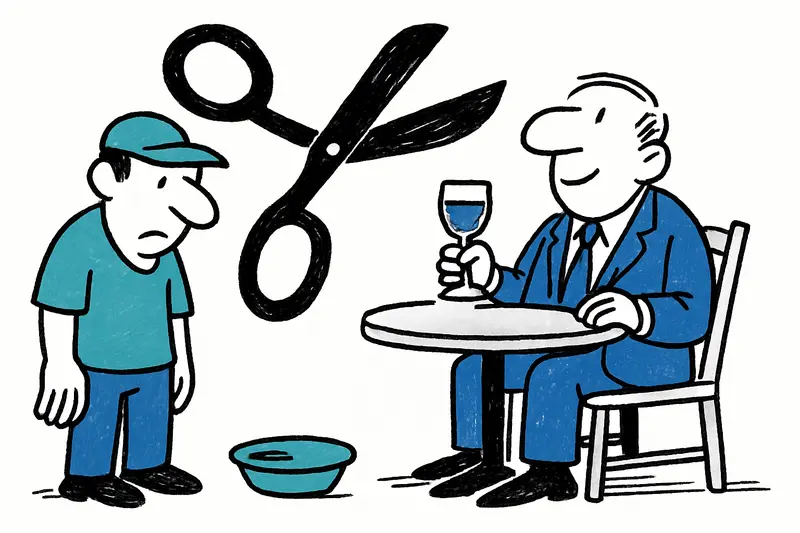New tax data show that in Palma, people in some districts earn almost three times as much as in others. Sant Jaume sits at the top, Arenal at the bottom.
Rich corner, poor corner: How different incomes are in Palma
\nLast week I wandered through the old town, past cafés with wooden tables on Plaça Cort and the tourists taking photos. You immediately notice: Palma is diverse. The numbers now published explain why the feeling is right. There are neighborhoods where the annual salary is well above average – and others where families have to get by with a fraction of that money.
\nAt the very top is Sant Jaume with an average net annual income of about 69,500 euros. That's not just a few euros more than elsewhere, it's noticeable: better houses, a different dining scene, different shops. At the other end is Arenal, where the average income is around 25,600 euros per year. Yes, these are numbers that are not easy to dismiss.
\nWhat lies behind the numbers
\nSuch differences don't arise overnight. In some neighborhoods many people work in regulated employment, have office jobs or run their own businesses with stable income. In other parts the salary is highly seasonal, many are employed in tourism or have several casual jobs that offer little planning security.
\nI spoke with a baker from Son Cladera who gets up every morning at 3 a.m.: We work hard, but in the end it's tight. This is reflected in neighborhoods like Pere Garau or Coll d’en Rabassa — where the average incomes are significantly below those of Sant Jaume.
\nThe numbers also show that the gap is widening: In some neighborhoods the average incomes recently rose modestly, in others they stagnate or fall. For the city administration this means: plan, invest, but also pay attention to social equalization. Housing, mobility and good kindergartens – these are factors that local politics can no longer ignore.
\nWhat people on the ground say
\nAt the market the range is evident: on one side designer shops and expensive restaurants, a few streets away cheap fruit and vegetable shops and secondhand fashion. A taxi driver who took me yesterday from the Paseo Marítimo to the port said dryly: Palma is like a divided book – two chapters. People laugh, but the situation is serious.
\nIn the short term the numbers will not align. In the long term targeted funding programs, better educational opportunities and affordable housing help, so that not only individual neighborhoods benefit. Those who live here notice very quickly: it is not enough to know only the averages. A look at the streets often tells more.
\nConclusion: Palma remains a city with strong contrasts. The new data make that visible and raise a simple question: How do we want to live together when incomes fluctuate so much?
Similar News

Die Zeit auf Mallorca: Warum die Uhren hier anders ticken
Auf Mallorca läuft die Uhr offiziell anders als die Sonne — ein Erbe aus den 1940er-Jahren, das bis heute unseren Alltag...

Orange Weather Warning for Mallorca: Heavy Rain and Thunderstorms Set the Week
Aemet warns: Monday and Tuesday on Mallorca are under orange alert. Heavy rain, floods, and traffic disruptions are poss...

Life-threatening swimming accident in Ibiza: 73-year-old revived on the beach
During severe storms, a 73-year-old visitor swam despite a red flag. Lifeguards rescued her, and she is now seriously in...

Mummified Body Found in Abandoned House Near Santa Margalida
Between Can Picafort and Son Serra de Marina, teenagers discovered a mummified corpse in an abandoned house. Identity an...

Large Rockfall Blocks Ma-2141 Road Near Sa Calobra
After heavy rainfall, several rock blocks toppled onto the winding Ma-2141 toward Sa Calobra over the weekend. The road ...
